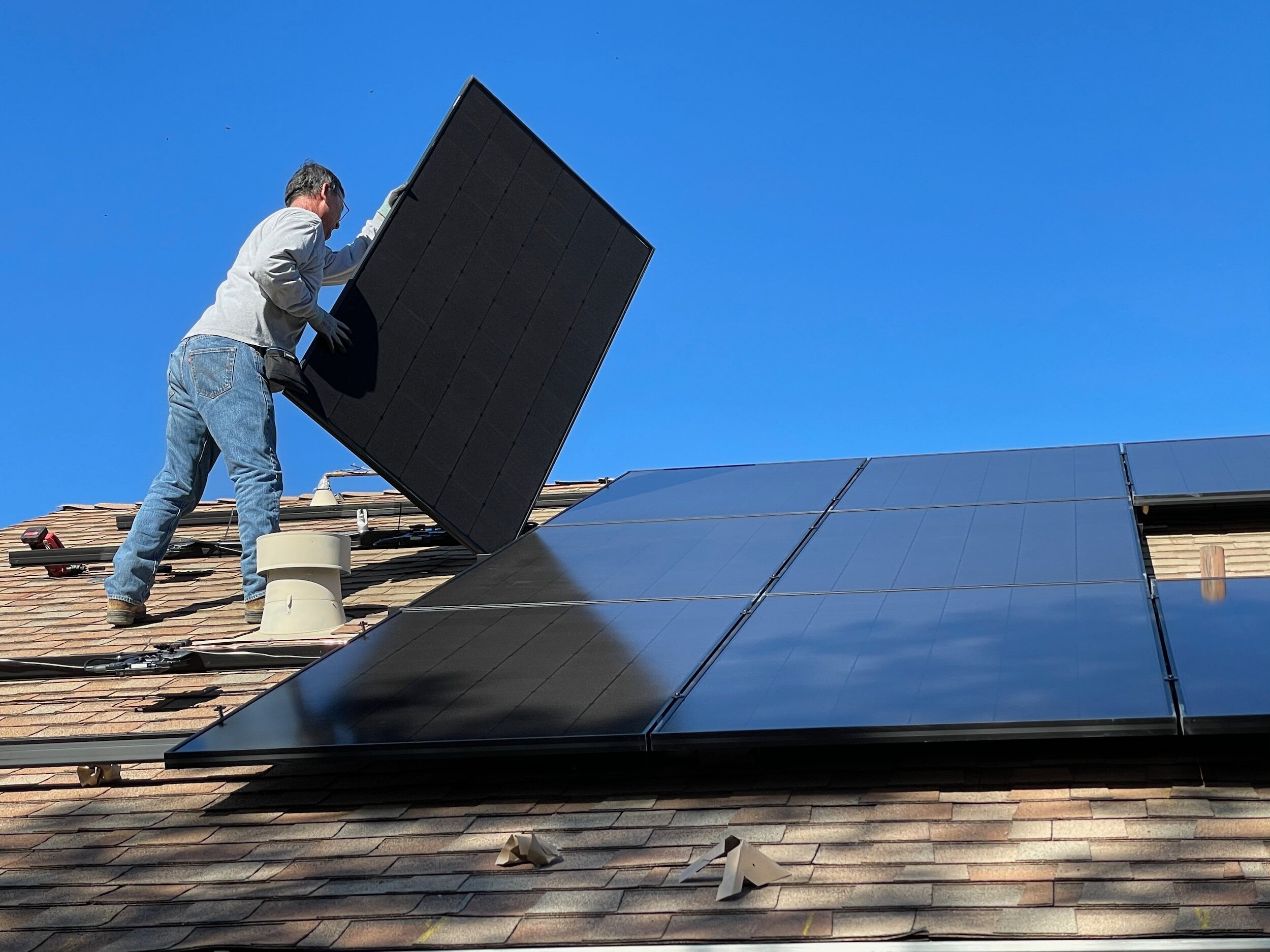Written By John Bryant
The truth about Solar tax credits in 2024. Lots of misinformation circling.

The Truth About Solar Tax Credits in 2024 is a bit muddled for most people.
As an expert meteorologist and sustainability consultant, I have always been enthusiastic about promoting sustainable practices. There is a lot of misinformation out there right now on the federal solar tax credit. No, it is not going away at the end of this year. It will extend at least through the end of 2024. Those worried about losing out on the credit this year can feel relieved.
Understanding the Federal Solar Tax Credit
The federal solar tax credit, an initiative under the Inflation Reduction Act, is more than just a financial incentive; it is a testament to our collective effort towards a greener future. This credit, which can cover up to 30% of the solar system’s cost, is a significant step towards making renewable energy accessible to more Americans.
Why Solar Energy Matters
Solar energy is not just an alternative power source but a cornerstone of sustainable living. By harnessing the sun’s power, we reduce our reliance on fossil fuels, decrease greenhouse gas emissions, and contribute to a healthier planet. This aligns perfectly with my mission: to keep our planet beautiful and ensure clean air through sustainable practices.
The Mechanics of the Solar Tax Credit
The beauty of the solar tax credit lies in its flexibility and reach. It covers solar, electric, and water heaters and extends to wind energy, biomass fuel, and more. This inclusivity ensures that various forms of renewable energy are supported, fostering a diverse and resilient energy infrastructure.
Personal Considerations for Solar Energy
As I contemplate adding solar panels to my home, I am guided by the principles of environmental stewardship and economic practicality. The solar tax credit makes this decision financially viable, reducing the initial investment significantly. It is a win-win: I support the environment while benefiting from long-term energy savings.
Navigating the Tax Credit
Claiming the solar tax credit requires some paperwork, but it is a small step for a significant benefit. Filling out IRS Form 5695 is a straightforward process, and it is a small price to pay for the advantages it brings. This process is a reminder that sustainable choices often require initial efforts that pay off overall.
The Bigger Picture: State and Utility Incentives
The federal tax credit is just one piece of the puzzle. State-level incentives and utility-based programs can reduce costs and encourage sustainable energy solutions. These incentives and the federal tax credit create a robust support system for renewable energy adoption.
As I get closer to the possibility of installing solar panels, I am reminded of the importance of individual actions in driving collective change. Each solar panel installed is a step towards a more sustainable world. This decision is not just about financial savings but about being part of a more significant movement towards environmental responsibility.
Why not take a tax credit on this? If you remain where you live and keep your business in the exact location for at least 2-3 years, especially in the South with sunny areas, the return on investment will yield significant savings on your energy bill. It is funny because I decided to install them next year while writing this blog.
